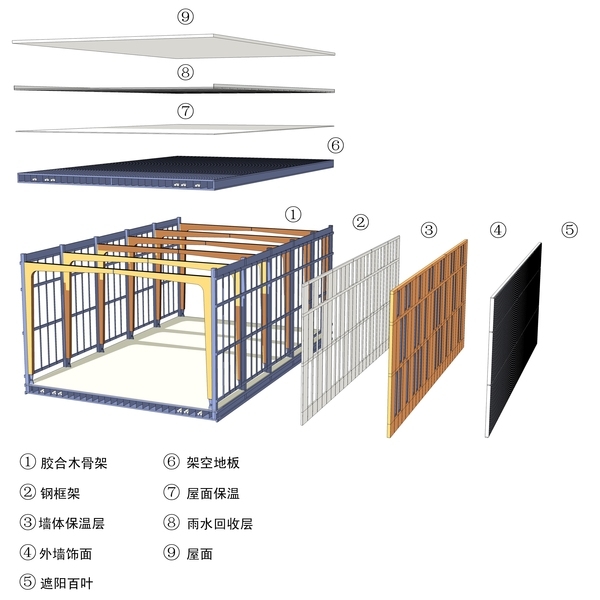|
|


ADVERTISEMENT
Buy Your own advertising
spaces!
.
Download Adobe Acrobat Reader to open [PDF] files.
Recent Visitors
Sweden's Expo pavilion boasts innovative, sustainable structure
2010. 21 May
To be compatible with the Expo's theme of "Better City, Better Life," Sweden's pavilion was constructed out of four square boxes, each of them made of 20 cubic meters of wood structure.  by Xinhua
by Xinhua
(news.xinhuanet.com)
Sweden's pavilion in the World Expo in Shanghai reflects innovation and sustainability in Sweden, Jan Soderlind, director of the International Wood Program of the Swedish Forest Industries Federation, said in a recent interview with Xinhua.
Glulam is a kind of processed wood which is dried, glued and pressed into 15-60 meter long boards with at least 15 kinds of forms. It can be sold as construction material or with tailor-made projects such as houses, bridges or other buildings, Johan Frobel, director of the Glulam Association, said.
"Glulam is stronger than normal wood and even stronger than steel structure. For example, the steel structure collapses when the heat reaches about 500 degrees, but the glulam structure will not," Frobel said.
"Glulam is also a very safe construction. We tested in both Japan and Italy. Many buildings which still stood after the Kobe earthquake in Japan in 1995 were wood structure," Soderlind said, adding that it's also environmentally friendly and absorbs CO2.
Being introduced to Sweden in 1919 from Germany, the glulam structure was used in many railway stations because it didn't change even if there was steam or salt.
Since the 1960s, glulam has been widely used in Sweden for the construction of ice hockey courts, swimming pools, tennis courts, warehouses and timber bridges, Frobel said. The glulam structure makes up 50 percent of the building market in Sweden.
The glulam structure is based on sustainable forestry management in Sweden.
"In the 19th century, Sweden also faced the problem of over-logging of trees. Then a law was passed. Anyone who cut one tree, he or she must plant at least two trees; this means the growth rate was higher than logging rate, it's sustainable," Soderlind said.
Since the 1930s, wood stock has doubled in Sweden.
"What we are doing is to have a sustainable forestry management," Soderlind said.
As the world's second largest exporter of wood and wood products, Sweden provides jobs to about 200,000 people in dozens of wood and paper factories.
Frobel believed that sustainable material such as glulam will be welcome in the Chinese market in the future.
Source: news.xinhuanet.com

